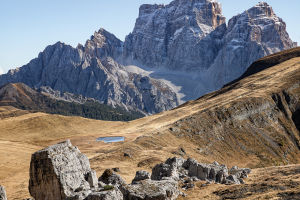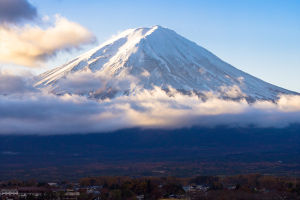If we’ve ever dreamed of witnessing lions in the wild, zebras racing across golden plains, or millions of wildebeests on a thunderous migration—Maasai Mara National Reserve is where we should go.
Located in southwestern Kenya near the Tanzanian border, it’s one of Africa’s most iconic safari destinations and part of the larger Serengeti ecosystem. Let’s dive into all the practical details to help us plan a perfect trip.
Exact Location and How to Get There
Maasai Mara lies about 270 km (170 miles) from Nairobi, the capital of Kenya. We have two main ways to get there:
- By road: It takes 5–6 hours by 4x4 vehicle from Nairobi. The road can be bumpy near the reserve, but the scenic drive through the Great Rift Valley is worth it.
- By air: There are daily flights from Wilson Airport (Nairobi) to several airstrips in Maasai Mara. The flight takes about 45 minutes, and most lodges offer pick-up services.
If we’re short on time or want a smooth ride, flying is highly recommended.
Opening Hours and Park Fees
Maasai Mara is open year-round, 24 hours a day, although game drives typically happen between 6:00 AM to 6:30 PM.
The entrance fees for international visitors (as of 2025) are:
- $80 per adult per day (high season: July to December)
- $70 per adult per day (low season: January to June)
- $45 per child (3–17 years)
These fees help fund conservation and community projects in the area.
Best Time to Visit the Maasai Mara
While Maasai Mara is wonderful year-round, timing our trip right can make it even more special:
- July to October: This is the best time for the Great Migration, when millions of wildebeests, zebras, and antelopes cross the Mara River. It’s dramatic and unforgettable.
- December to February: Ideal for birdwatching and predator sightings, as grasses are shorter and animals are easier to spot.
- March to May: Rainy season—less crowded and greener, but some roads may become muddy and impassable.
Where to Stay: Lodges and Camps
We’ll find plenty of choices for accommodation, from luxury lodges to budget-friendly tented camps:
- Luxury: Angama Mara, Mara Bushtops, and Beyond Kichwa Tembo (from $600/night)
- Mid-range: Mara Serena Safari Lodge, Ashnil Mara Camp (around $200–$350/night)
- Budget: Enchoro Wildlife Camp, Rhino Tourist Camp (as low as $90–$120/night)
Many camps offer full-board packages with game drives included, so we don’t have to worry about planning every detail.
Safari Experience: What to Expect
Most safaris follow a schedule:
- Early morning drive (6:00 AM – 9:00 AM): Best time to spot predators.
- Late afternoon drive (4:00 PM – 6:30 PM): Perfect lighting for photography and good animal activity.
Vehicles are usually open-roof 4x4s with expert local guides who know exactly where to find the animals. Don’t forget to carry your camera, binoculars, and a reusable water bottle!
Top Tips for First-Time Visitors
- Book early for the migration season (especially July–September)
- Wear neutral colors (beige, olive, brown) to blend in
- Pack layers—mornings are chilly, afternoons get hot
- Bring insect repellent—especially during the rainy season
- Respect wildlife distance and follow your guide’s instructions
- Tipping: It’s customary to tip $10–$20 per day for your guide
Safety and Conservation
Maasai Mara is one of the safest safari destinations in Africa. The park is patrolled by wildlife rangers, and all guides must be licensed. Most importantly, the reserve operates under strong conservation policies—our visit supports local communities and the protection of this vital ecosystem.
Extend Your Journey: What Else Is Nearby?
We can pair our visit with:
- Lake Nakuru National Park ($60 adult, 35 child, per day): Famous for flamingos and rhinos
- Nairobi National Park ($43 adult, 22 child, per day): A quick pre- or post-Mara stop just outside the city
- Amboseli National Park ($60 adult, 35 child, per day): For views of elephants with Mount Kilimanjaro in the background
- These combos make our Kenyan safari even more enriching.
Ready to Explore the Wild Together?
Lykkers, now that we’ve got all the essentials—route, timing, cost, and insider tips—it’s time to turn our dreams into a real adventure. Maasai Mara in Kenya isn’t just a place we visit; it’s a place we feel. The thrill of spotting a lion at sunrise or hearing wildebeests thunder across the plain—that’s the kind of magic that stays with us forever.
Let’s plan this once-in-a-lifetime journey. Are you ready to join the wild side with us?


